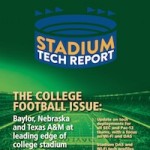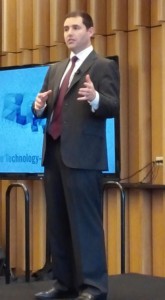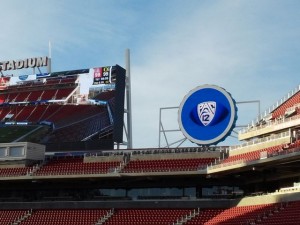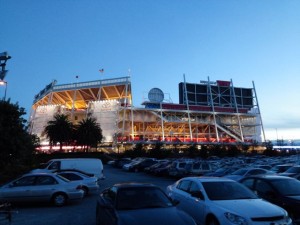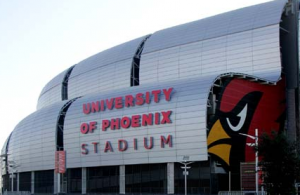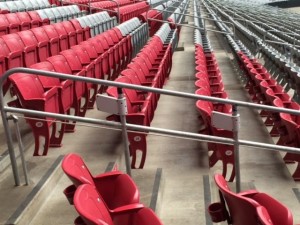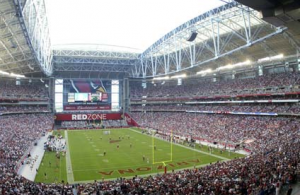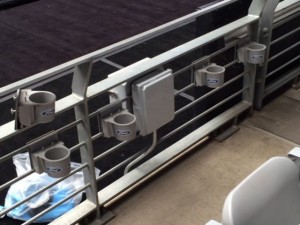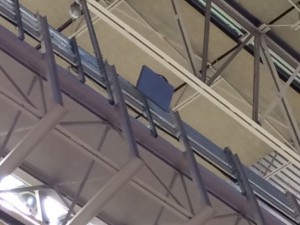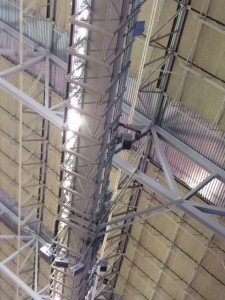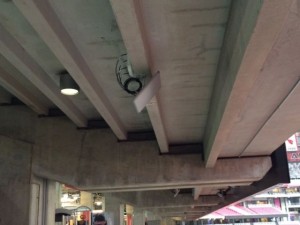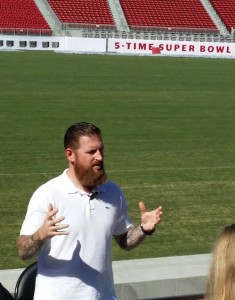The DAS, part of a $130 million stadium renovation project at Ralph Wilson Stadium for this season that also saw the installation of new HD video boards (but no Wi-Fi), has 33 sectors with 11 cell sites worth of AT&T equipment, according to news reports.
One of just 10 NFL facilities that doesn’t have fan-facing Wi-Fi, Ralph Wilson Stadium clearly now has less of a “no signal” problem, if fans are finding ways to use nearly 400 GB of data per game. We’ll circle back with the Buffalo folks to see if there is any news on future Wi-Fi plans.

